By Timothy Choi, 1 October 2021
On 1 October, 2021, HMCS Harry DeWolf, first-of-class of the Arctic & Offshore Patrol Vessels, arrived in Vancouver following its 10,050 km long journey from Halifax via the Northwest Passage - the first RCN vessel to do so since HMCS Labrador in 1954. Along the way, HDW visited multiple villages and hamlets, including Pond Inlet, Grise Fjord, Arctic Bay, Cambridge Bay, and Kugluktuk. It also visited Nuuk and Unalaska, its first foreign ports. It conducted exercises with the Rangers, employed its new landing craft and multi-role boats to land sailors and pick up visitors along various Arctic beaches, and conducted the usual sovereignty and constabulary duties expected of a patrol vessel.
But very quietly, via a simple Flickr image upload, the RCN revealed that Harry DeWolf was also trialling a new military function: an Arctic ASW capability. On the same day the ship arrived in Vancouver, the ship's image techs were finally able to upload their high-rez photos from the trip. One of those was this visually unremarkable image. (copied below) Usually, sailors pulling on a cable isn't of much interest, but in this case, the caption revealed much more:
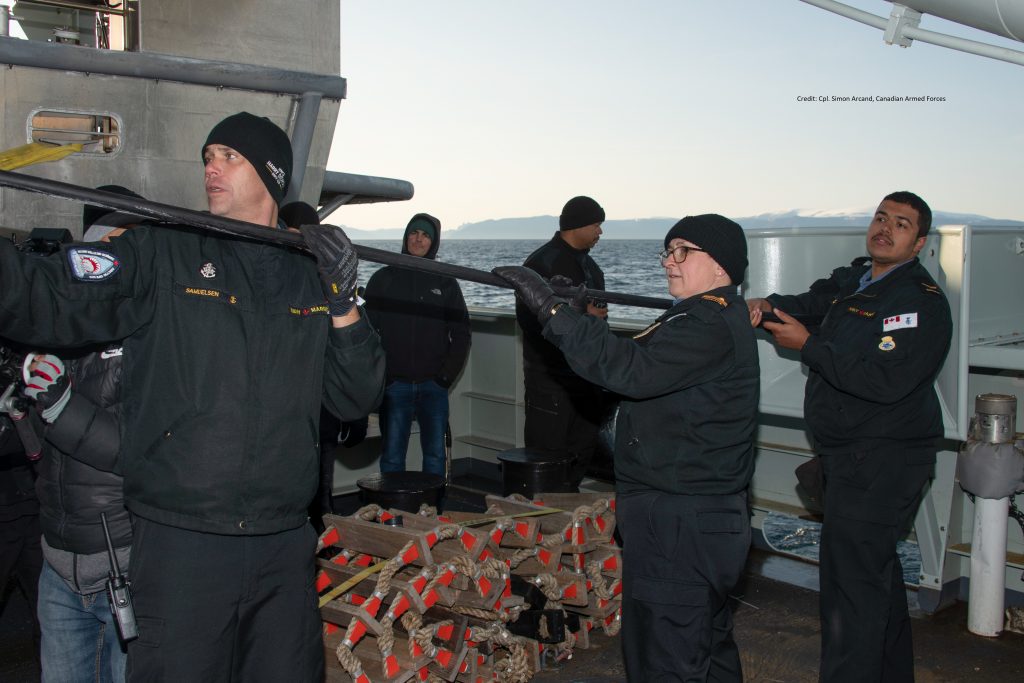
Harry DeWolf was carrying a Towed Reelable Active Passive Sonar, or TRAPS. Self-contained in a 20' shipping container, this towed sonar with both active and passive components was announced by GeoSpectrum Technologies at CANSEC 2018 as a cheap modular ASW solution for offshore patrol vessels, citing specifically its anticipated use on the Kingston and DeWolf classes. In the years since, it has been trialled on board the Kingston class MCDVs, but this was the first time that the RCN has admitted to its use on board the new Harry DeWolf. One suspects the testing location was the part of Baffin Bay close to Devon Island, as Harry DeWolf had visited Grise Fjord on the 23rd and arrived in Admiralty Inlet (outside Arctic Bay) on the 24th.
Of course, this isn't a huge surprise to those of us who have been following the AOPS' development closely - as I noted in an old (and admittedly amateurish by today's standards) article, the ships' requirements included the ability to operate towed bodies from its stern deck, and what else would that be if not a sonar? Though I am skeptical of its utility in icy waters due to its vulnerability to ice, it's clear that there are areas of the Canadian Arctic where waters are open enough for towed sonar operation.
Interestingly, this makes Canada the only country with an Arctic patrol ship equipped with a modern ASW sensor (albeit not prosecution unless a Cyclone was on board with torpedoes). The Danish Thetis class have been the only ice-capable patrol ships built to date with towed sonars, and those were removed by the late 2000s due to their age and limited utility in ice-covered waters. The TRAPS arrangement, being significantly more modular than the integrated belowdecks system of the Thetis class, should offer the Harry DeWolf class much more flexibility in terms of when and when not to be equipped with them.
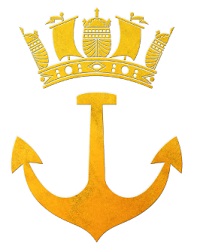
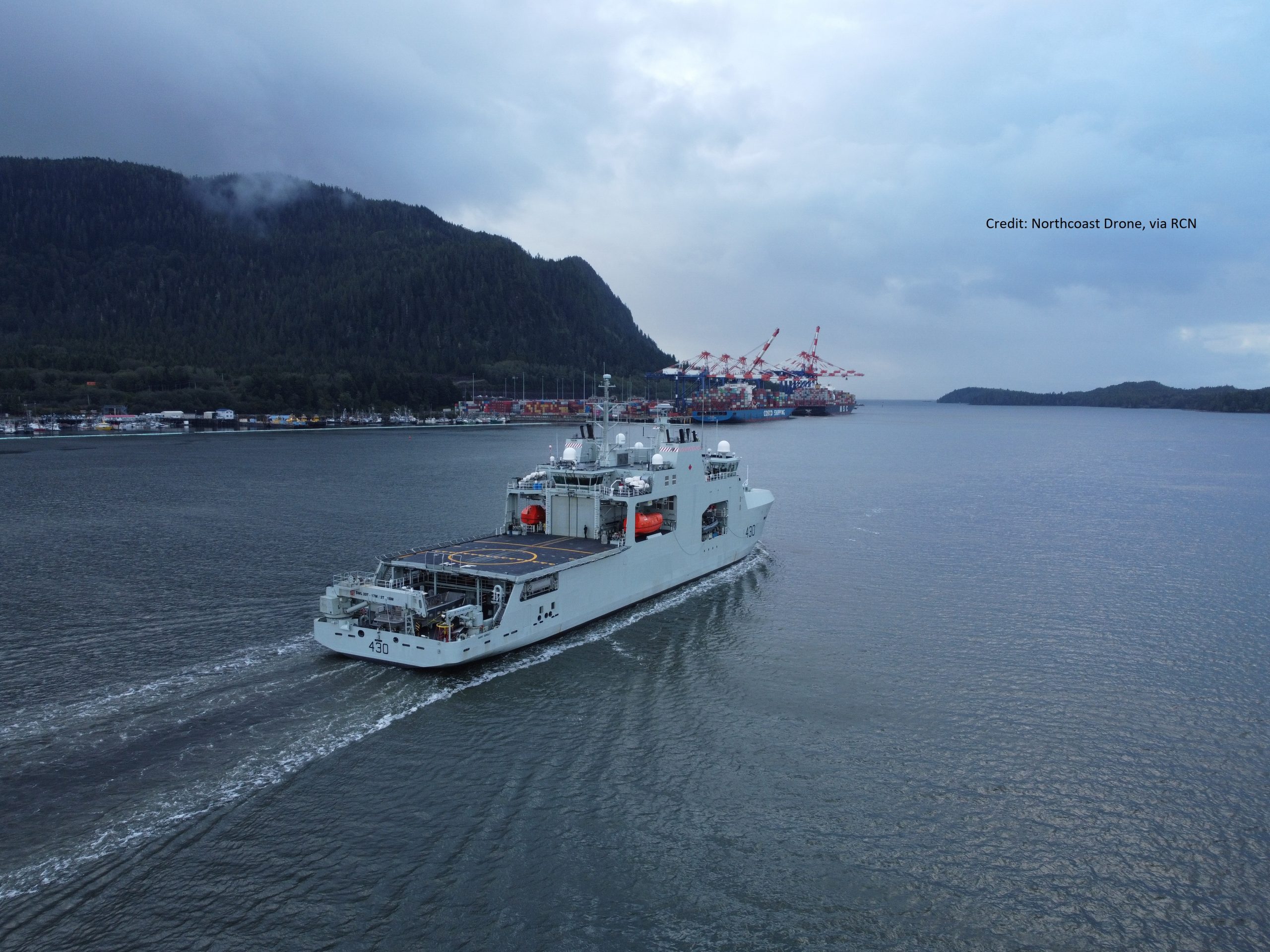
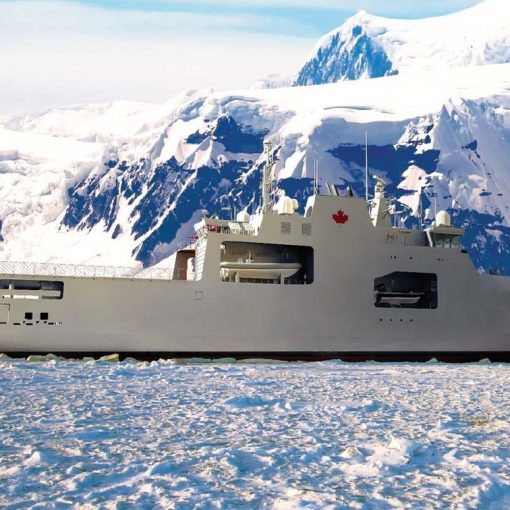
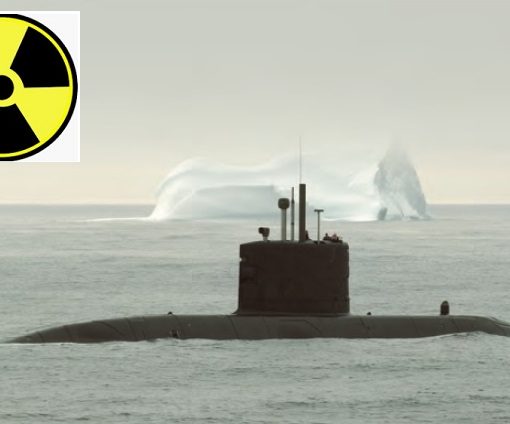
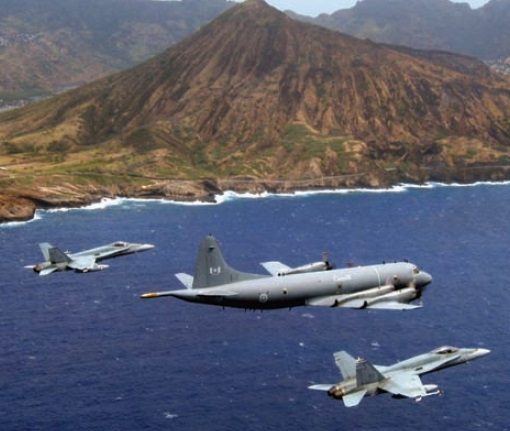

4 thoughts on “HMCS Harry DeWolf transits Northwest Passage, tests ASW towed sonar”
This use of towed sonar in the Arctic, for Canada, is indeed a major effort to close the gap heretofore in our offshore surveillance. With our huge Arctic expanse, with fortunately several choke points, now opening for more passages from both friends and others potentially less friendly, an ability to ‘see’ what’s going on is vital to OUR interests. In reply to a Canadian officer’s query “When are you guys going to tell us when you pass one of your boobers through our Arctic?” a U.S.N. Admiral smiled: “When you can tell us it’s there.” So now we can.
Being able to ‘see’ denotes surveillance. But what about ‘control’, which is the other side of the coin? What active/passive measures to coerce an intruder are available to us, if only in extremis? Is it even possible given the vast expanses between those ‘choke points’? Such measures would make northern deterrence more credible. It would add heft to whatever aerospace surveillance/control measures Canada will be implementing as part of NORAD renewal.
I trust you meant ‘boomers’ (i.e., SSBNs), sir?
RCN has produced a mini-documentary on HMCS Harry DeWolf’s circumnavigation of North America.
The 11-minute video is accessible at the following link: https://www.youtube.com/watch?v=3AbBSrLMnc0